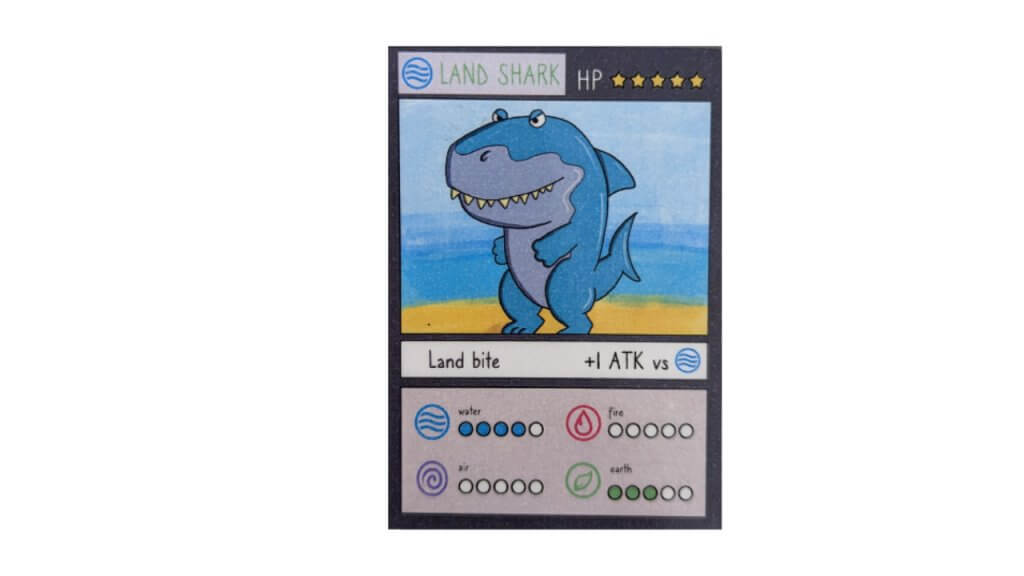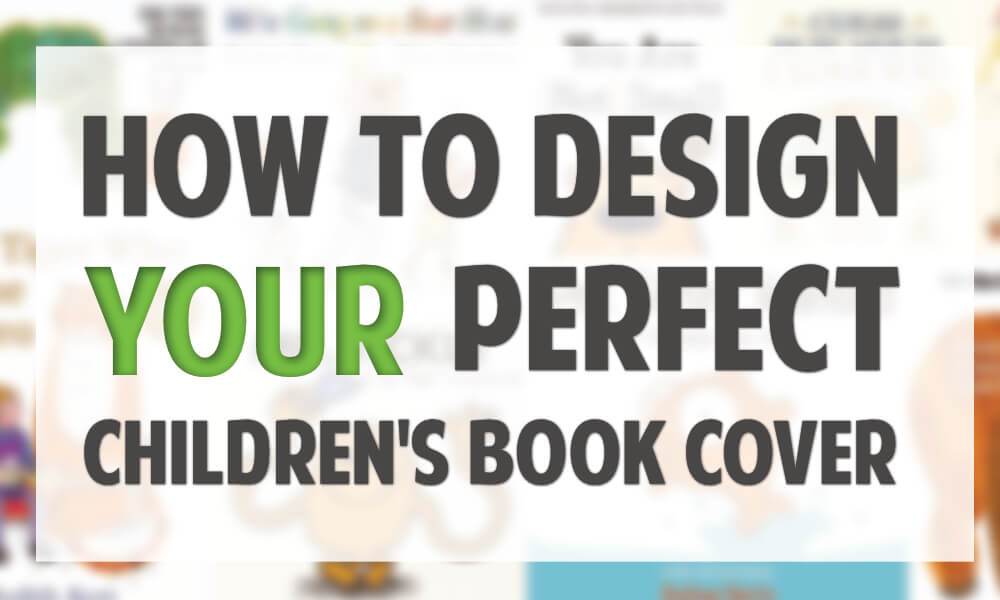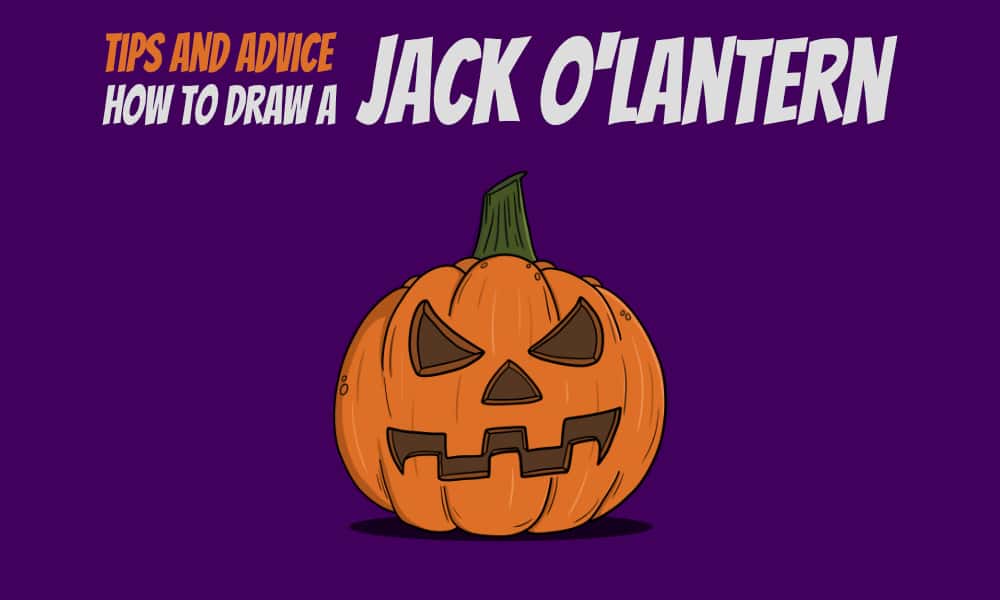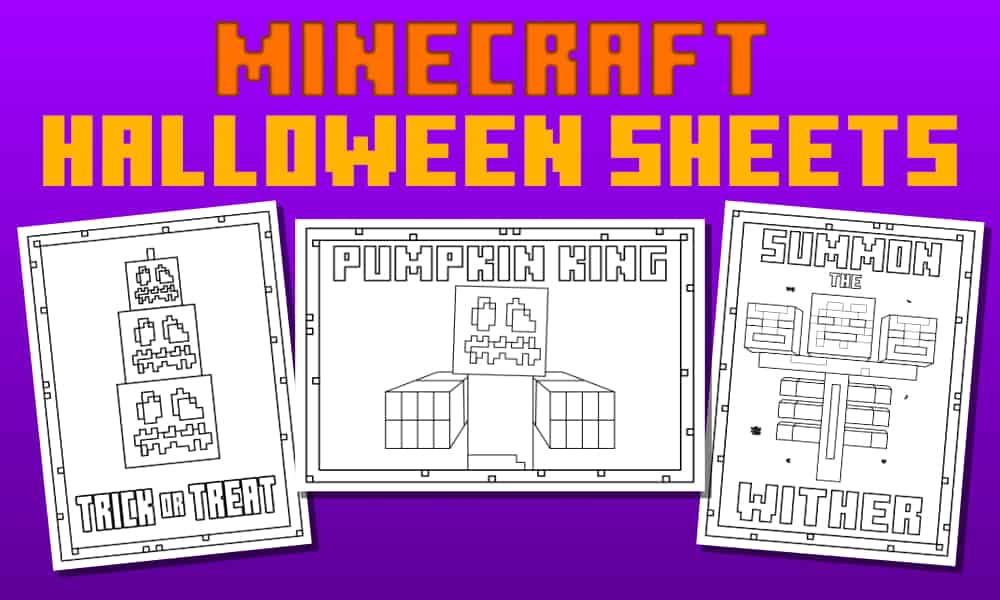This guide will show you how to create an awesome card-based game and turn your imagination and Ingenuity into reality!
Background
As a full-time teacher, I’m always on the lookout for new and creative ways to engage my students in class. But once a year, I like to challenge them with a big project that we can all participate in, regardless of their English level. In the past, we’ve designed simple video games and created attractions, but this year I decided to up the ante by developing our very own tabletop card game.
The game had to be easy enough for lower-level English speakers to understand, yet engaging and exciting enough to keep kids coming back for more. It was a tall order, but I was determined to make it happen.

Intro
Hey there! Are you looking to get creative and make your own card game that you can enjoy with your friends and family? Well, you’re in luck, because I had the same idea last year and created a fun little game called Elements!
Now, I must admit, this game was primarily designed for younger children or students with lower English levels. However, it’s fast-paced and simple to play, so it’s perfect for anyone who wants a quick and fun game to enjoy with others. Plus, it’s a great project for students to work on together!
With ‘Elements’ as a basis, you can create your own unique game that suits your preferences and interests.
In this guide, we’ll cover the different aspects of creating a card game, starting with the artwork. Whether you’re an artist or not, you can create engaging and attractive cards by using a mix of traditional and digital methods. For example, you could draw your cards on paper using colored pencils, markers, or watercolors, or you could create them digitally.
Once you have your artwork, the next step is to design the cards themselves. You’ll need to decide on the size, shape, and layout of your cards, as well as the colors, fonts, and other design elements. You can use templates or create your own designs from scratch, depending on your preferences.
Of course, one of the most important aspects of any card game is the rules. You’ll need to think carefully about how your game will be played, including how many players it can accommodate, how turns will be taken, how points will be scored, and so on. Remember to keep your rules simple, clear, and easy to understand, while still allowing for plenty of strategy and fun.
Finally, as you create your game, it’s helpful to keep some hints and tips in mind. For example, you may want to playtest your game with friends or family to see how it works in practice, or you may want to get feedback from others to help you refine your design. You can also look for inspiration from other card games, or try new and innovative ideas to make your game stand out.
Idea
When I first started creating Elements, I wanted to keep things simple. I chose to use rock, paper, scissors as the backbone for the game, but instead of using our hands, we used cards. This made it easy for everyone to understand and jump right in!
Of course, you might have a more complex idea in mind for your card game, and that’s totally okay! The important thing is to start with a solid idea that you’re excited about. From there, you can begin to flesh out the details and add your own unique twists and turns.

Artwork
When I first started working on Elements, I wanted to make sure that my students were as involved as possible in the project. After all, it was meant to be a fun way for us to bond and spend time together!
I also knew that time was of the essence so I used a lot of free time creating extra cards with my own artwork that could be used as either examples or could include in the game.
One of the things that made Elements truly unique was the fact that my students were responsible for creating most of the artwork for the game. Of course, we didn’t have access to fancy drawing tablets or high-tech tools – we had to do things the old-fashioned way! Armed with nothing but paper and drawing materials, my students let their imaginations run wild and came up with some truly incredible designs.
It was amazing to see the creativity and passion that my students brought to the project. Some of them drew intricate designs with tons of detail, while others opted for a more minimalist approach. And let me tell you, there were some truly hilarious and unexpected additions to the game – like a card featuring a giant banana or a fierce-looking pencil!
During my free time, I came up with a simple card design that I could add the students’ artwork onto. It was important to me that their designs were front and center, so I kept the card template as basic as possible. The end result was a set of unique and colorful cards that perfectly captured the spirit of our little game.
Design
When it came time to design the cards for Elements, I knew I wanted to incorporate my students’ artwork in a way that would do it justice. And while I’m no graphic design expert, I was determined to make the cards look as professional and polished as possible.
To accomplish this, I turned to a mix of different software tools. Some of my favorites include Affinity Designer, GIMP, and Krita – each of which has its own unique strengths and features. I found that using a combination of these programs allowed me to take advantage of the best tools and techniques from each one.
Of course, everyone has their own preferences when it comes to software tools. Some people may prefer to use Adobe Photoshop or Illustrator, while others might opt for more specialized programs like Clip Studio Paint or Procreate. The important thing is to find the tools that work best for you and your project, and to use them to bring your vision to life.
In the end, I was thrilled with how the cards for Elements turned out. By combining my students’ artwork with the right software tools, I was able to create a set of cards that looked and felt professional while still retaining their unique charm and personality. It just goes to show that with a little bit of creativity and the right tools, anything is possible!

Rules
When creating a card game, it’s important to think carefully about the rules to ensure that they’re clear, easy to understand, and engaging. For my game, Elements, I wanted to create a simple and fun experience that would be accessible to students with beginner to intermediate English skills.
Elements is based on the classic game of rock, paper, scissors, but with a twist. Instead of using hands, players use cards that represent the four elements: earth, air, fire, and water. Each card has a total number of points to spend on these elements and health points.
To start the game, each player draws five cards from the deck, along with two bonus/item cards. To determine who goes first, players play rock, paper, scissors. The winner gets to choose their first attacking card and most importantly the element, the loser must defend.
The gameplay is straightforward: after the attacker decides on an element, each player takes a card from their hand and places it face down on the table, Once both players have chosen, they reveal their cards. The player with the highest number in the chosen element attacks first. If the numbers are tied, the defender chooses an element to compare.
After the element selection phase, the game moves into the attacking phase, which adds a bit of luck and excitement to the gameplay. In this phase, the players switch to using a six-sided dice, or d6. The dice has four attacks, which deal 3 damage, 2 damage, and 1 damage twice, respectively. There is also a miss and a re-roll.
The attacking phase is where the players take turns rolling the dice to attack the opponent’s monster until one of the monsters’ health points drops to 0. The player who wins the element selection phase gets to choose which monster attacks first, and then the players take turns attacking each other’s monsters until one of them loses all of their health points.
Bonus and item cards are an essential aspect of the game, and they can significantly impact the outcome of a match. Players can use their bonus or item cards to gain various advantages or to disrupt their opponent’s strategy.
For example, a bonus card may provide additional elemental points to use in the element selection phase, allowing players to select more potent monsters or outmanoeuvre their opponents. Alternatively, an item card might allow a player to heal their monster or deal additional damage during the attacking phase.
Some bonus and item cards can also hinder the opponent’s strategy, such as reducing their monster’s elemental points. Players must choose when to use their bonus and item cards wisely, as they only have a limited number of them in their hand. Using them at the right moment can be the difference between winning and losing the game.
The winner of Elements is determined by the number of monsters defeated by each player. Once both players have played all their monster cards, they count the total number of defeated monsters they have collected. The player with the most defeated monsters is declared the winner.
Conclusion
For anyone thinking about making their card game, it’s essential to remember that it can be as simple or complex as you want it to be. Starting with a basic concept and gradually building upon it can be an excellent way to create a game that’s both fun and unique.
Another essential aspect of creating a card game is playtesting. It’s crucial to playtest the game regularly to ensure that it’s balanced, enjoyable, and easy to understand. Feedback from players can help identify any issues or areas for improvement, allowing you to refine the game and make it even better.
Overall, creating a card game can be a fun and rewarding experience, and with the right mindset and approach, anyone can do it. So why not give it a go and see what you can come up with!
If you have made it through the blog post, thank you for taking the time to read it! I hope you found it informative and helpful if you are considering creating your own card game. I would love to hear your thoughts and feedback, so please feel free to leave a comment below. Let me know if you have any questions or if there’s anything else you’d like to know about the game Elements or the process of creating a card game. Thank you again for reading!



